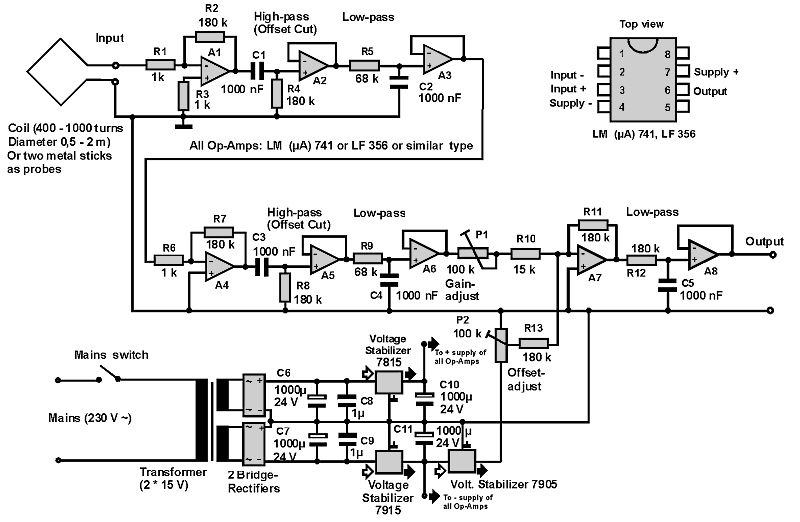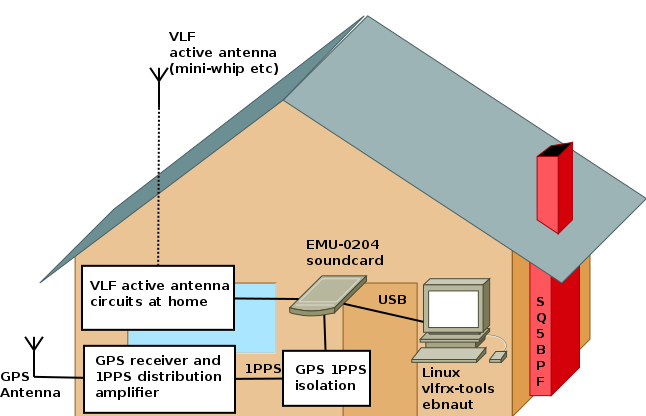
Interestingly, the outward edge of this “VLF Bubble” seems to correspond very closely with the innermost edge of the Van Allen belts caused by Earth’s magnetic field. It seems that this human transmission has created a barrier of sorts in the atmosphere that protects it against radiation from space. It’s also used for navigation and broadcasting time signals. VLF hardware is primarily used to communicate with submarines, often to remind them that, yes, everything is still fine and there’s no need to launch the nukes yet. VLF transmissions cover the 3-30 kHz range, and thus bandwidth is highly limited. One particular feature of interest are the Van Allen belts, so much so that NASA built special probes to study them! They’ve now discovered a protective bubble they believe has been generated by human transmissions in the VLF range. NASA spends a lot of time researching the Earth and its surrounding space environment. Posted in News, Radio Hacks Tagged antenna, piezo, piezoelectric, radio, vlf We’ve seen this trick before to make small antennas even smaller, but this is the first time we’ve seen it used in the VLF band, where it’s arguably even more impressive. There is a patent for this piezoelectric antenna, so if anyone knows of a source of lithium niobate, put a link in the comments. A walkie talkie doesn’t work in a mine, and this could potentially be used there.

Radio doesn’t work underwater, but nuclear subs trail an antenna out of the back to receive messages using Extremely Low Frequency radio. The application for this sort of antenna is ideally for where regular radio doesn’t work.

For contrast, if this were a wire quarter-wave antenna it would be tens of kilometers long. The key is that it’s these soundwaves bouncing around that define the resonant frequency, and the speed of sound in lithium niobate is a lot slower than the speed of light, but they’re translated into electric signals because of its piezoelectricity. An AC voltage is applied to the rod makes it vibrate, and this triggers an oscillating electric current flow that’s emitted as VLF radiation. Instead of pushing pixies through an antenna, this antenna uses a rod-shaped crystal of lithium niobate, a piezoelectric material. They’ve developed a piezoelectric transmitter for very long wavelengths. Now there might be an easier way to play with VLF radiation, thanks to developers at the National Accelerator Laboratory.


There is more information on Extremely Low Frequency radio in Michael Crichton’s Sphere than there is in the normal parts of the Internet. Very low frequency and Extremely Low Frequency radio isn’t practiced very much, ultimately because it’s impractical and you simply can’t transmit much information when your carrier frequency is measured in tens of Hertz. If you want to talk about antennas, the amateur radio community has you covered, with one glaring exception.


 0 kommentar(er)
0 kommentar(er)
